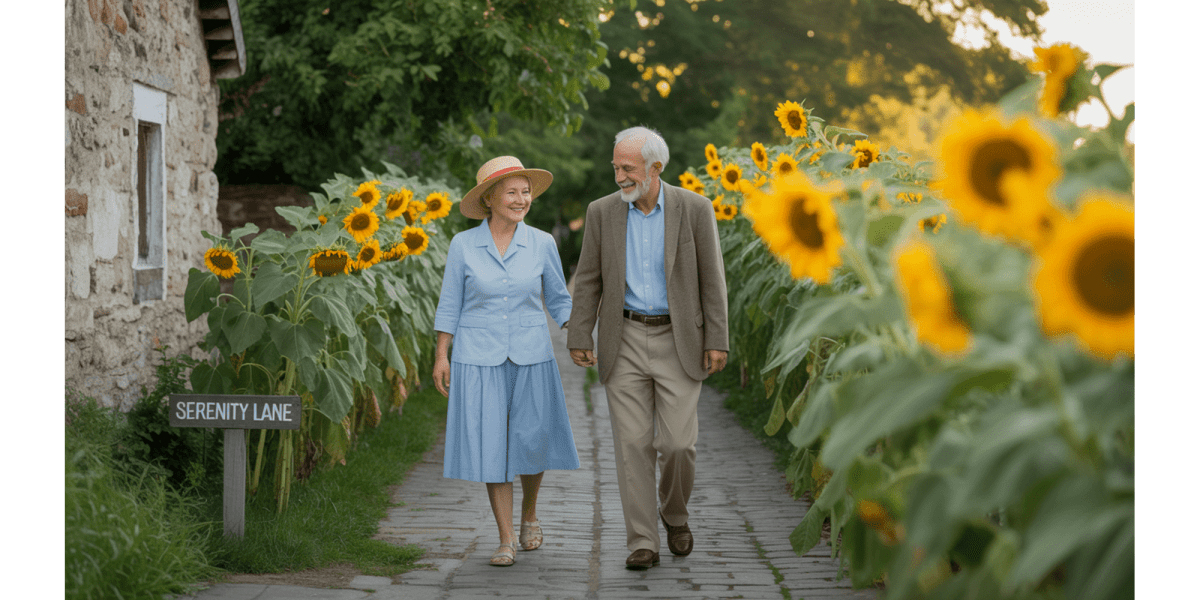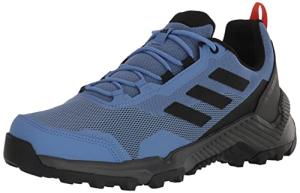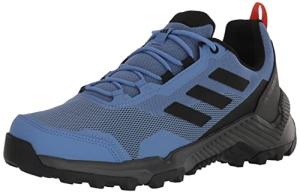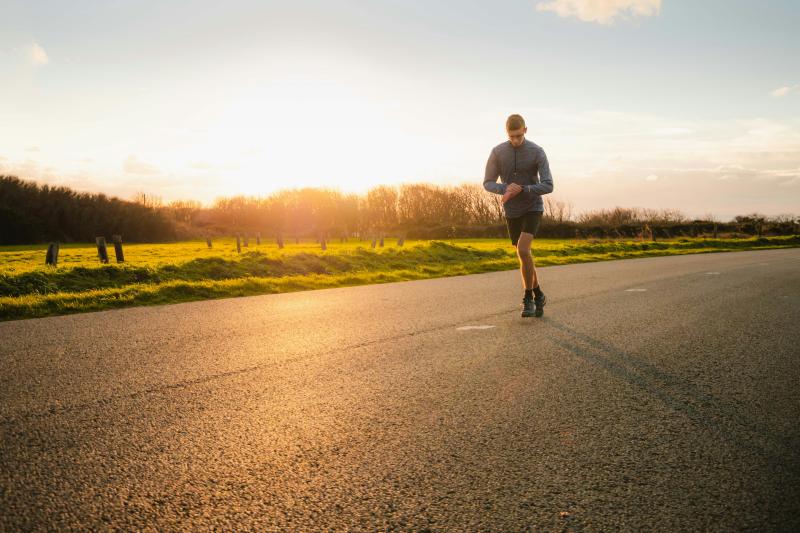Why Walking is Essential for Seniors' Health & Well-being
As we age, it’s important to maintain an active lifestyle to stay healthy and independent. One of the simplest and most effective ways to achieve this is by incorporating walking into our daily routine. Here are some reasons why walking is essential for seniors’ health and well-being.
Improves Cardiovascular Health
Walking is a low-impact exercise that can help improve cardiovascular health. It increases heart rate, which in turn strengthens the heart and reduces the risk of heart disease. Walking can also help lower blood pressure and cholesterol levels, which are also risk factors for heart disease.
Boosts Immune System
Regular walking can help boost the immune system and reduce the chances of developing illnesses like the common cold or flu. It can also reduce the risk of developing chronic illnesses like diabetes, cancer, and arthritis.
Reduces the Risk of Falls
As we age, our balance and coordination can decline, making us more prone to falls. Walking regularly can help improve balance, coordination, and flexibility, reducing the risk of falls and their associated injuries.
Enhances Mental Health
Walking is not just good for physical health, but also for mental health. It can reduce symptoms of depression, anxiety, and stress. Walking outdoors, in particular, can help improve mood and enhance well-being by increasing exposure to natural sunlight and fresh air.
Increases Social Interaction
Walking with others is a great way to increase social interaction and reduce loneliness. Whether it’s joining a walking group or going for a stroll with friends and family, walking can be a fun and social activity.
As we get older, it’s important to stay active and maintain good health. Walking is a simple and effective way to achieve this, and there are many benefits to incorporating regular walking into our daily routine. So, put on those walking shoes and take a step towards better health today!
Tips for Starting a Safe & Effective Walking Routine
If you're a senior looking to improve your overall health, starting a walking routine can be a great place to begin. Walking is a low-impact form of exercise that can help you manage chronic conditions, like heart disease and arthritis, as well as improve your balance and mobility. However, it's important to keep in mind a few tips to ensure that your walking routine is safe and effective.
- Consult with your doctor: Before beginning any new exercise routine, it's always a good idea to speak with your doctor first. They can provide guidance on how much exercise is safe for you based on your health status, as well as any modifications you may need to make to your routine to accommodate any existing conditions.
- Start slow: If you're new to exercise or haven't been active in a while, it's best to start with short and slow walks. Begin with 10-15 minute walks and gradually work your way up to longer durations and distances. This will help prevent injury and avoid burnout.
- Wear appropriate footwear: Make sure you wear supportive and comfortable walking shoes that fit well. This will help prevent blisters, foot pain, and other injuries.
- Maintain good posture: To avoid back pain and other discomfort, it's important to maintain good posture while walking. Keep your shoulders back and your chin up, and ensure that your feet are landing flat on the ground with each step.
- Stay hydrated: Drink water before, during, and after your walks. Dehydration can lead to a variety of health issues, so it's important to stay hydrated during exercise.
- Stay safe: If you're walking outside, wear bright and reflective clothing, especially during early morning or dusk. And always be aware of your surroundings, especially in areas with heavy traffic.
By following these tips, you can start a safe and effective walking routine that will help you improve your overall health and wellbeing. Remember to start slow, be consistent, and listen to your body. Happy walking!
How to Customize Your Walking Routine for Optimal Health Benefits
While walking is a great exercise that has numerous health benefits, seniors can optimize those benefits by customizing their walking routine. Here are some tips to customize your walking routine for optimal health benefits:
- Start slowly: As a senior, it is important to start your walking routine slowly to avoid injuries and ensure that your body adapts to the new exercise. Start with short walks and gradually increase the duration and distance over time.
- Warm-up and cool-down: It is important to warm up your muscles before you start walking. Stretch your muscles and start with a slower pace. After your walk, cool down by slowing down your pace gradually and stretch your muscles again to avoid stiffness and soreness.
- Pick the Right Shoes: Walking shoes that are comfortable, supportive, and fit well can help prevent discomfort and injuries. Look for shoes that are specifically designed for walking and provide good arch support, cushioning, and stability.
Vary your terrain: Walking on different surfaces such as grass, dirt, sand, and pavement can help stimulate your muscles and provide a more challenging workout. Walking on hills can also help build strength and endurance.
Incorporate Strength Training: While walking is a great cardio exercise that can help improve your heart health and burn calories, incorporating strength training exercises such as lifting light weights or doing bodyweight exercises like squats, lunges, and push-ups can help improve your muscle mass, balance, and coordination.
Stay hydrated: Drinking enough water before, during, and after your walk is important to keep your body hydrated and maintain your energy levels. Bring a water bottle with you or plan your route near water fountains.
Listen to Your Body: If you experience pain or discomfort while walking, slow down, and listen to what your body is telling you. Consult your doctor if you have any chronic health conditions or injuries that may affect your walking routine.
By customizing your walking routine, you can optimize the health benefits and enjoy a great low-impact exercise that can improve your physical and mental well-being.
DISCLAIMER
This document is provided for general information purposes only and should not be relied upon as providing legal advice, technical, or specific operational guidance to the reader, whether as to the practices described in the document or the applicable legal requirements and regulations. Snazzy Sneaks.com expressly disclaims any responsibility for liability arising from or related to the use or misuse of any information in this document.
The advice given on this website does not constitute or replace medical advice. Please consult with a doctor before starting any exercise or nutrition plan.









